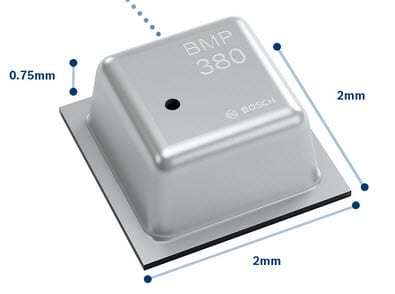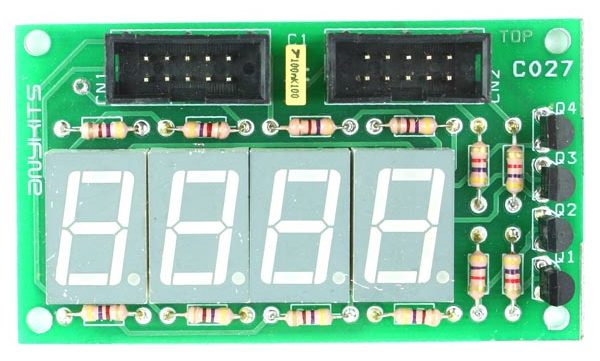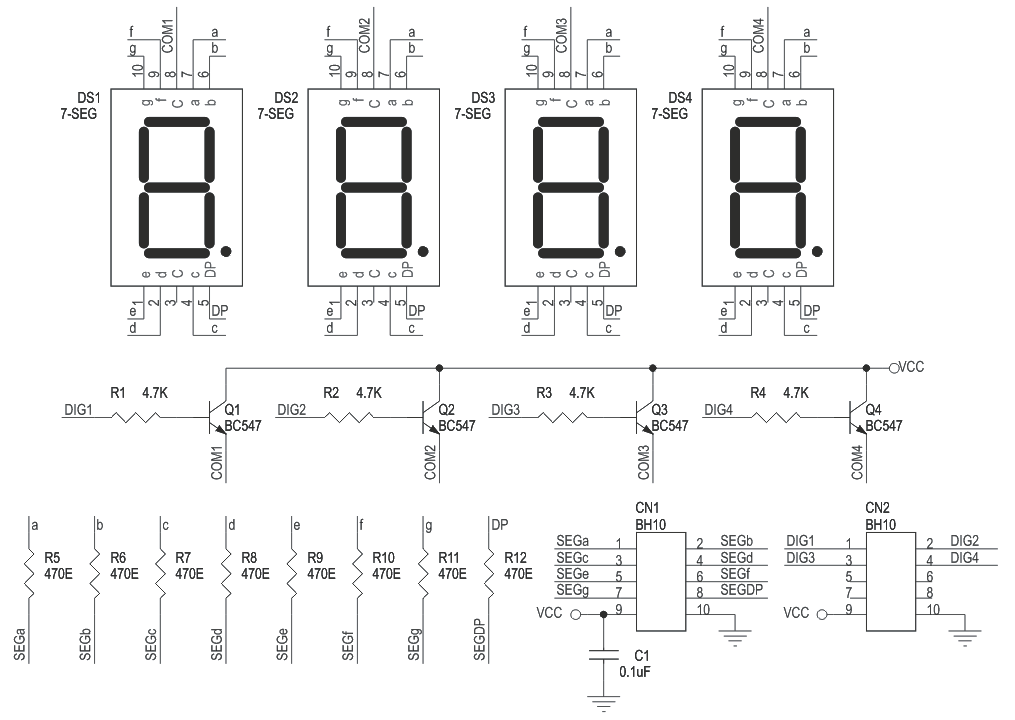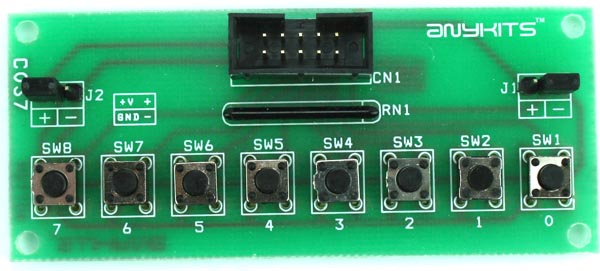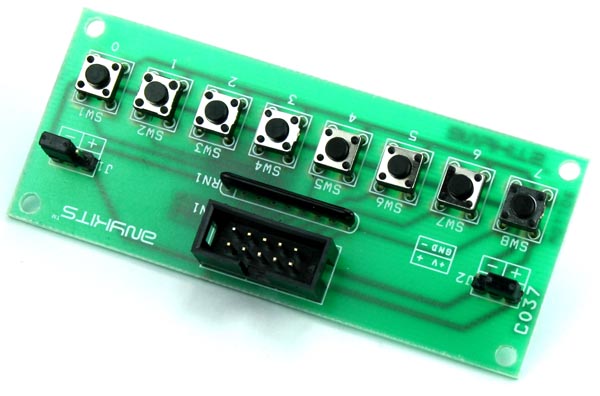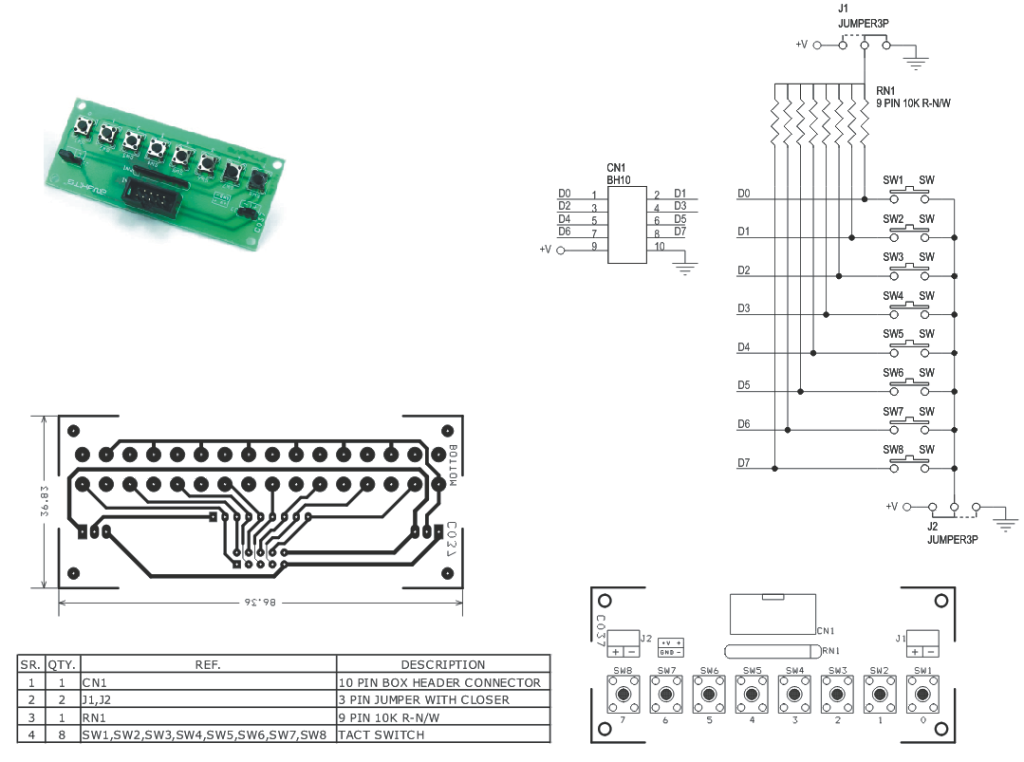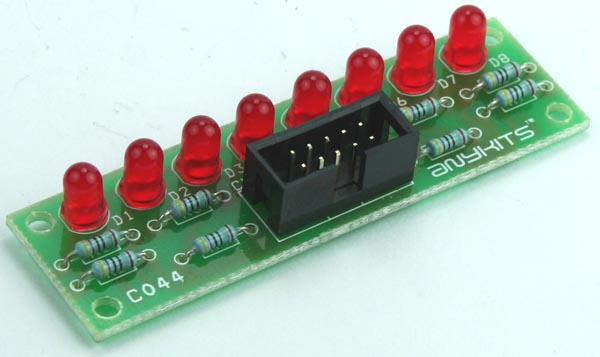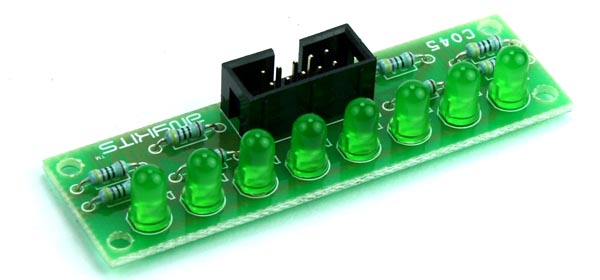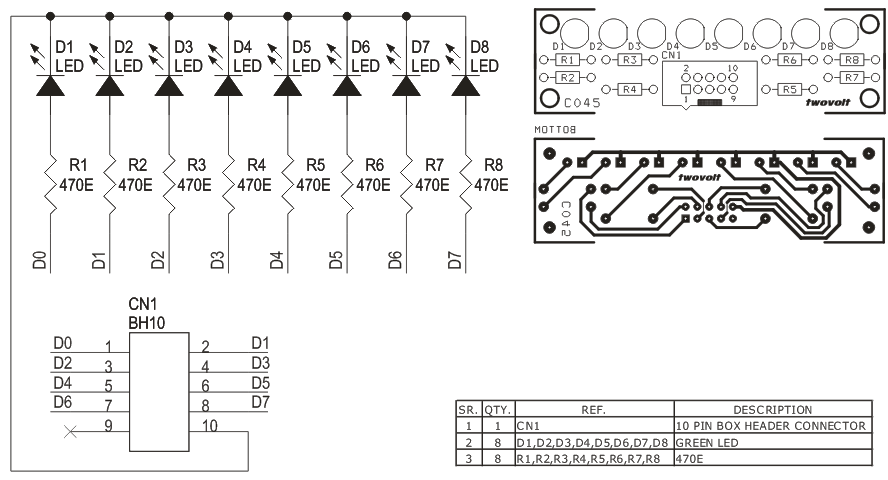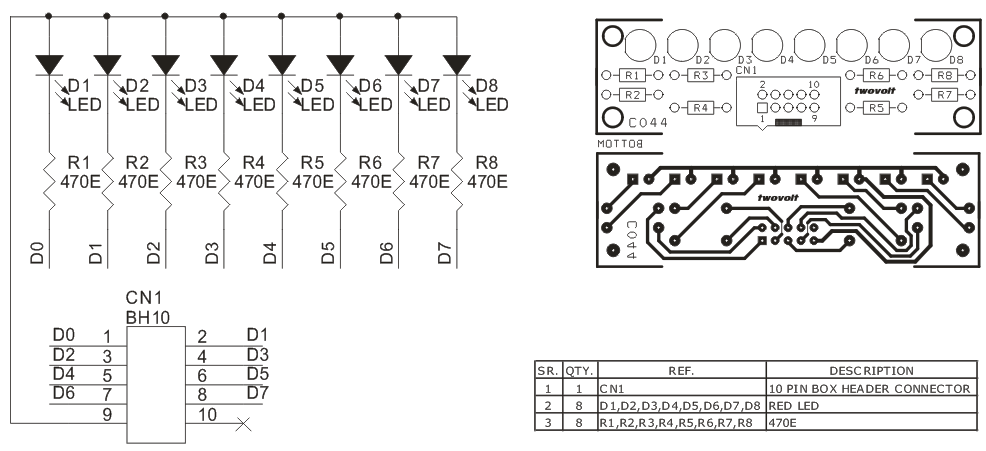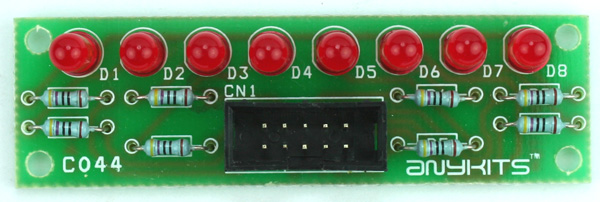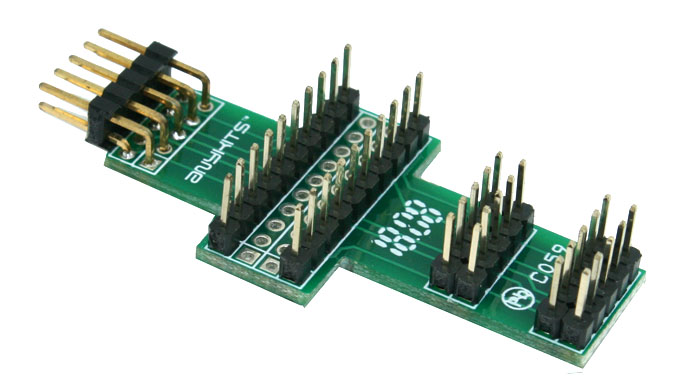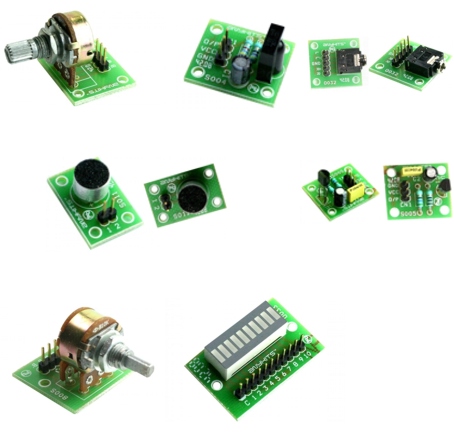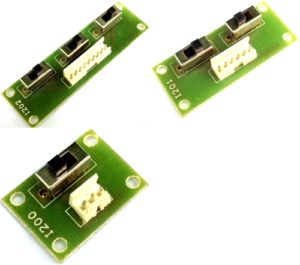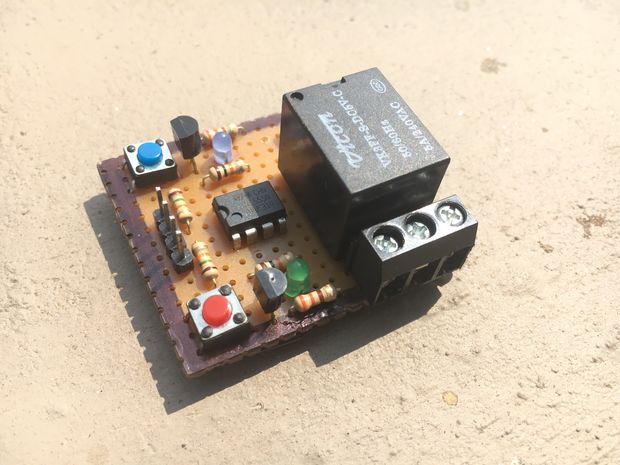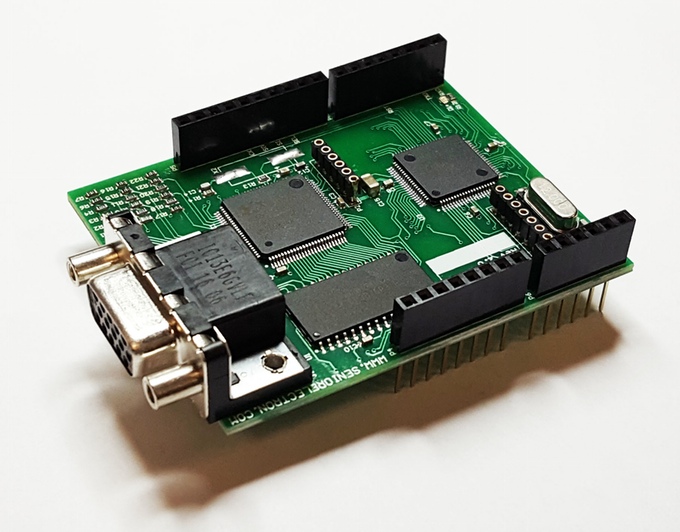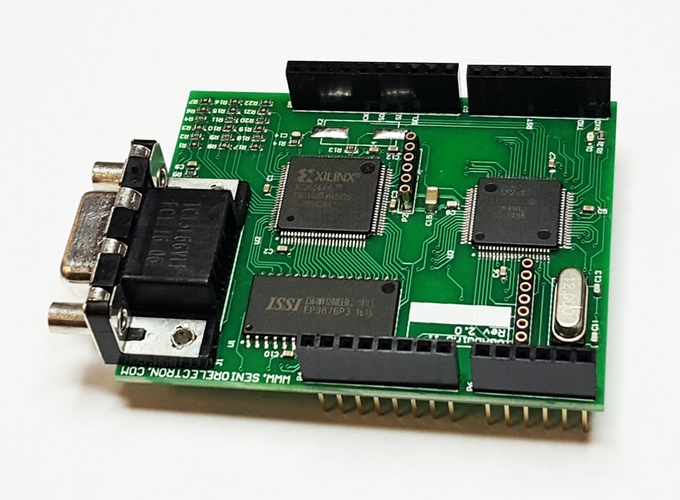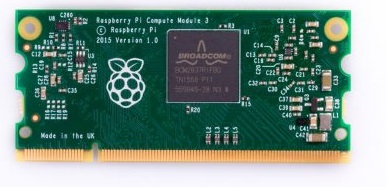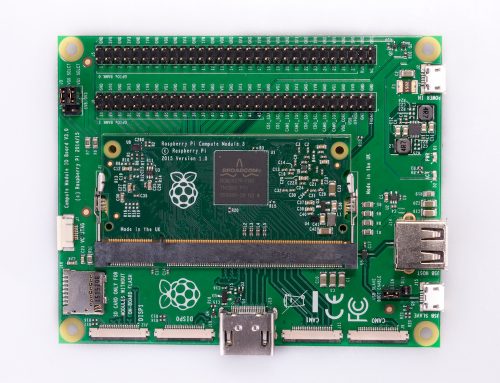The BMP380 is aimed at the growing markets of gaming, sports and health management, as well as indoor and outdoor navigation. By measuring barometric pressure, the sensor enables drones, smartphones, tablets, wearables and other mobile devices to accurately determine altitude changes, in both indoor and outdoor environments.
Harry Baggen @ elektormagazine.com discuss about the new Bosch barometric pressure sensor BMP380.
At the CES, Bosch Sensortec unveiled the BMP380 barometric pressure sensor, the smallest and most accurate pressure sensor in their portfolio to date, with dimensions of 2x2x0.75 mm. The BMP380 is targeted at applications in drones, smartphones, tablets, wearables and other mobile devices for precise measurement of elevation changes.
Wide range of applications
This new BMP380 sensor offers outstanding design flexibility, providing a single package solution that can be easily integrated into a multitude of existing and upcoming applications and devices.
Typical applications for the BMP380 include altitude stabilization in drones, where altitude information is utilized to improve flight stability and landing accuracy. This simplifies drone steering, thereby making drones attractive for a broader range of users. The BMP380 can also substantially improve calorie expenditure measurement accuracy in wearables and mobile devices, for example by identifying whether a person is walking upstairs or downstairs in a step tracking application. Especially in hilly environments, this allows runners and cyclists to significantly improve the monitoring accuracy of their performance. In smartphones, tablets and wearables, this sensor brings unprecedented precision to outdoor/indoor navigation and localization applications, i.e. by utilizing altitude data to determine the user’s floor level in a building, and enhancing GPS accuracy outdoors.
Accurate and unmatched ease of use
Pressure and temperature data can be stored in the built-in FIFO of 512 byte. The new FIFO and interrupt functionality provide simple access to data and storage. This greatly improves ease of use while helping to reduce power consumption to only 2.0µA at 1Hz during full operation.
The sensor is more accurate than its predecessors, covering a wide measurement range from 300 hPA to 1250 hPA. Tests in real-life environments have verified a relative accuracy of +/-0.06 hPa (+/-0.5m) over a temperature range from 25°C to 40°C. The absolute accuracy between 300 and 1100 hPa is +/- 0.5 hPa over a temperature range from 0°C to 65°C.
This new barometric pressure sensor exhibits an attractive price-performance ratio coupled with low power consumption. The small package size of only 2.0 x 2.0 x 0.75 mm³ complies with new industry benchmarks and is more than one third smaller than the previous-generation BMP280, thus offering increased placement flexibility.
“We are very excited about the opportunities that this sensor opens up for designers to further advance their products,” says Jeanne Forget, Vice President Global Marketing at Bosch Sensortec. “Our product is unmatched in its scope, precision and footprint, and provides an improvement for outdoor localization, thereby reducing our reliance on GPS signals”.
The powerful features and solid performance specifications of the BMP380 are the result of more than a decade of experience that Bosch has acquired in the manufacturing of MEMS pressure sensors. Bosch invented a completely new “Advanced Porous Silicon Membrane” (APSM) process for the manufacture of MEMS pressure sensors and has applied this technology to produce more than one billion pressure sensors. Today, Bosch is the number one MEMS supplier and industry leader in barometric pressure sensors.




